How to Hunt Black Bear: 9 Basic Tips & Tricks
Last Updated on
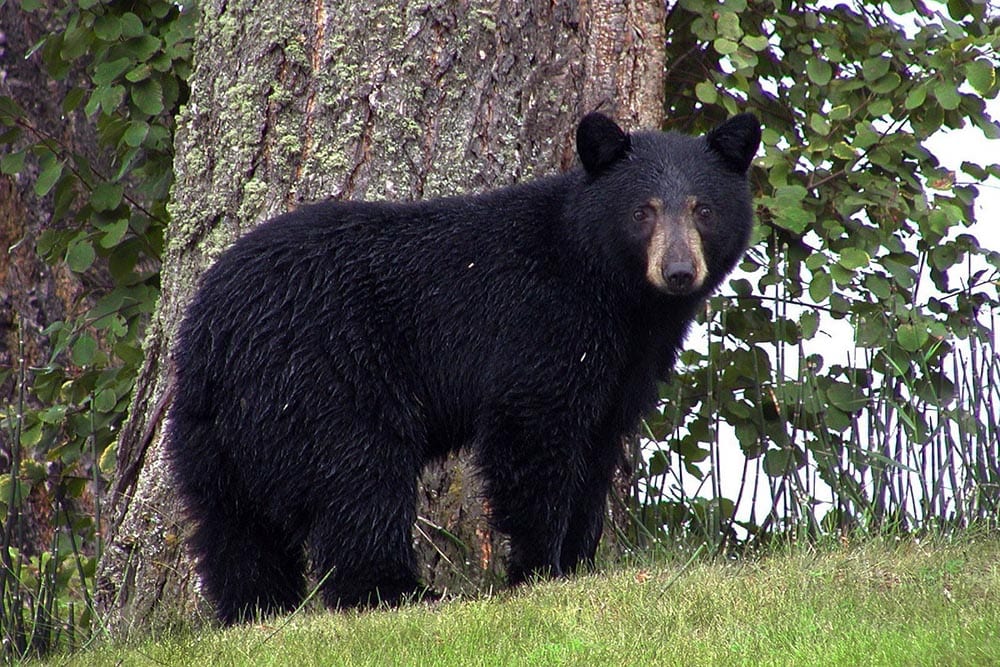
Black bears are some of the most widely hunted game in North America. They can be elusive, despite their size, which is another reason for their popularity in big game hunting. The black bear is also a ferocious animal, which means they are considered a real trophy.
Found throughout the US (40 of 50 states), the black bear’s varied diet means that they can live in a host of different terrains. There are some that prefer living by the water, with others opting for dense woodland. There are thought to be nearly a million black bears in North America. Where you hunt will have some bearing on how best to hunt, but below are nine tips to help you hunt black bears.

How to Hunt Black Bear – 9 Basic Tips & Tricks
1. Concentrate on Their Food

Consider what your game is likely eating according to their general location and the time of year. Concentrate on areas where this food is found. Acorns are a popular foodstuff during fall, and boulders and logs harbor bugs and insects that they will eat year-round. If you’re setting up bait traps, consider putting them near these areas, having looked for evidence of bears.
2. Concentrate on Watering Spots

Bears also need water. In areas where fresh water is prevalent, they are never far from a watering hole, but in areas with less access, such as high up mountains, water is a major commodity and black bears will either hang around these spots or they will visit them frequently. Scout from a distance and determine their paths to and from these areas.
3. Look for Deer
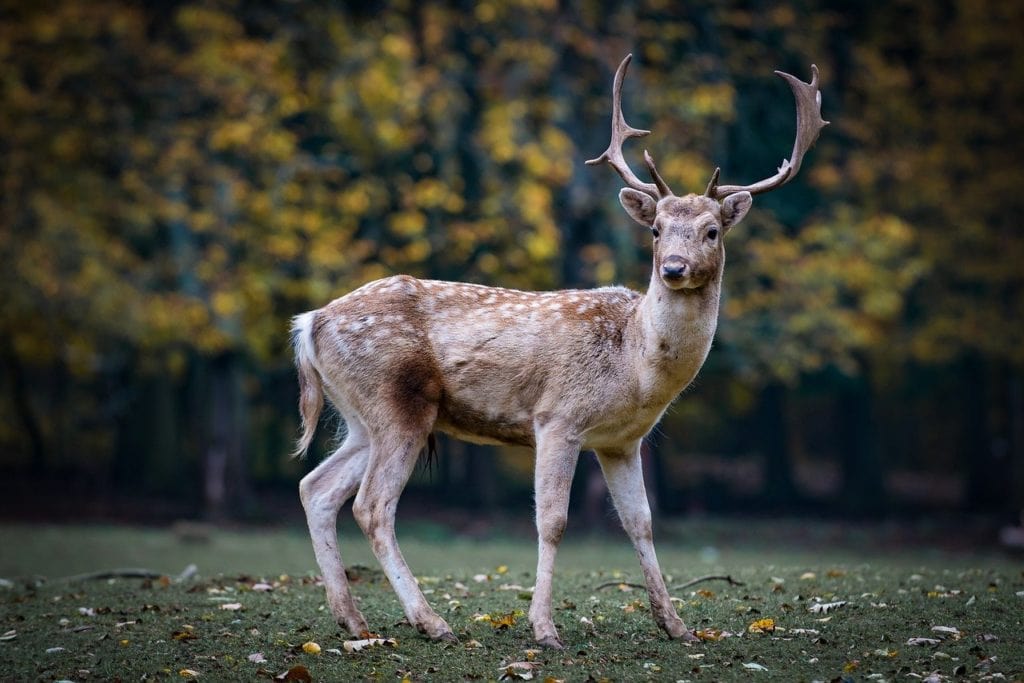
A deer can feed a black bear for several days. While some bears may be more inclined to stick with smaller prey, even including insects. If you can find where the deer feed, there is a chance that you will be able to locate at least one nearby black bear. You don’t have to approach the deer, but if you can see them feeding in a field, always check your surroundings before settling in.
4. Stay Downwind
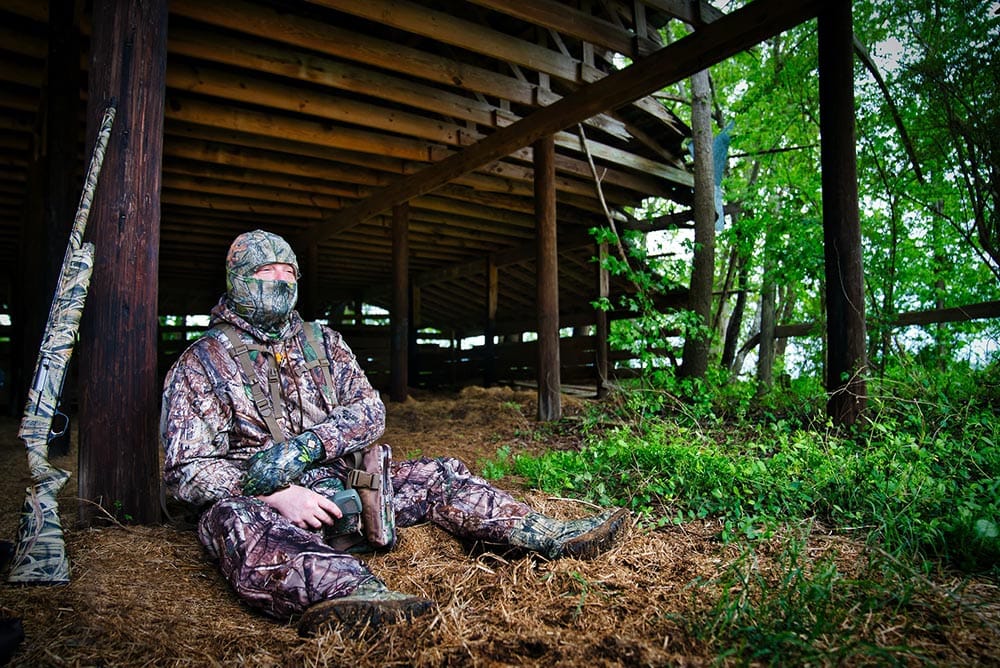
One of the reasons that bears can prove so elusive is their exceptional sense of smell. They use it for hunting, but they also use it to avoid humans. If you’re approaching a bear or an area where you are confident that there have been bears, ensure that you stay downwind. And, when stalking your prey, plan your route so that you remain downwind because it only takes one whiff for a bear to detect something amiss.
5. Lay Bait in an Active Spot
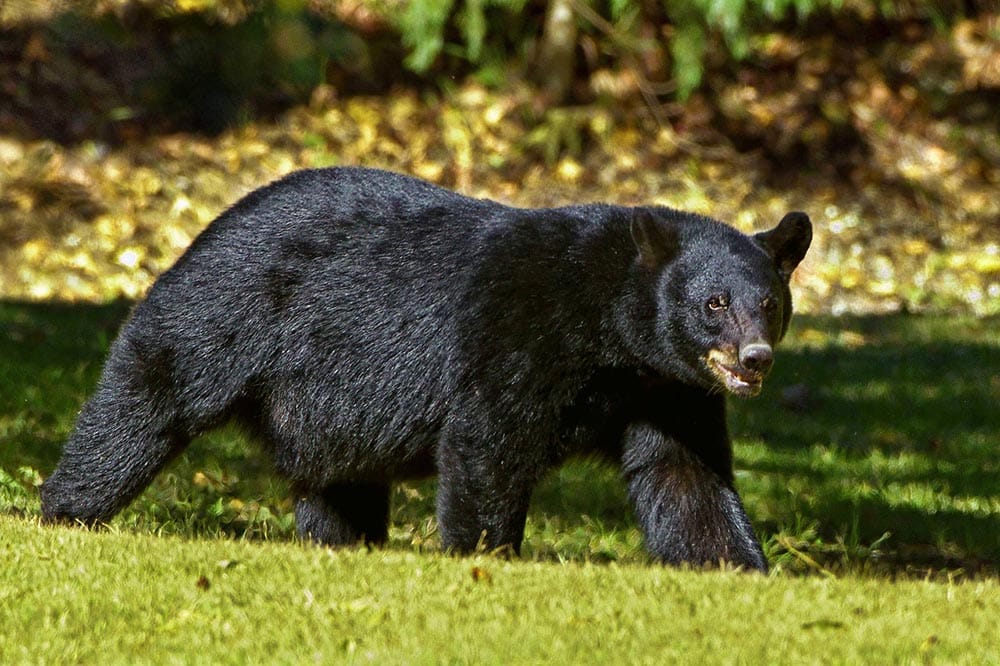
Laying bait is an effective way to lure bears from the surrounding area or to keep their attention in a single spot. There are also limitations on the number of bait traps that hunters are allowed to lay in some states. As such, every bait trap counts. They should be placed in areas where bears are known to travel or where they stop to hunt.
6. Be Prepared When Approaching Bait

Always approach your bait assuming that there is a bear there. This means approaching from downwind and using cover. It also means that you will be ready to take the shot straight away if necessary. If you have to spend even a couple of minutes preparing yourself, it could be too long.
7. Set Up Multiple Bait Stations

Even if there are no state regulations governing the number of bait stations you can lay, you should limit the number you put down. If you have too many, you will find it difficult to man or rotate around them all. However, you should put several up, and they should be some miles apart. Man them with game cameras. Even if you miss an opportunity, you can study the patterns and movements of the bears caught on camera.
8. Minimize Human Odors

Bears really do have an acute sense of smell and they are especially good at detecting human aromas. If they smell engine exhaust, they are likely to avoid the area and take a different path. You can also get special soaps and shampoos that are odor-free and that are designed for hunting. Some manufacturers sell hunting gear that contains antimicrobials to help eliminate tell-tale smells, and scent control spray can be worn during the hunt.
9. Check Back
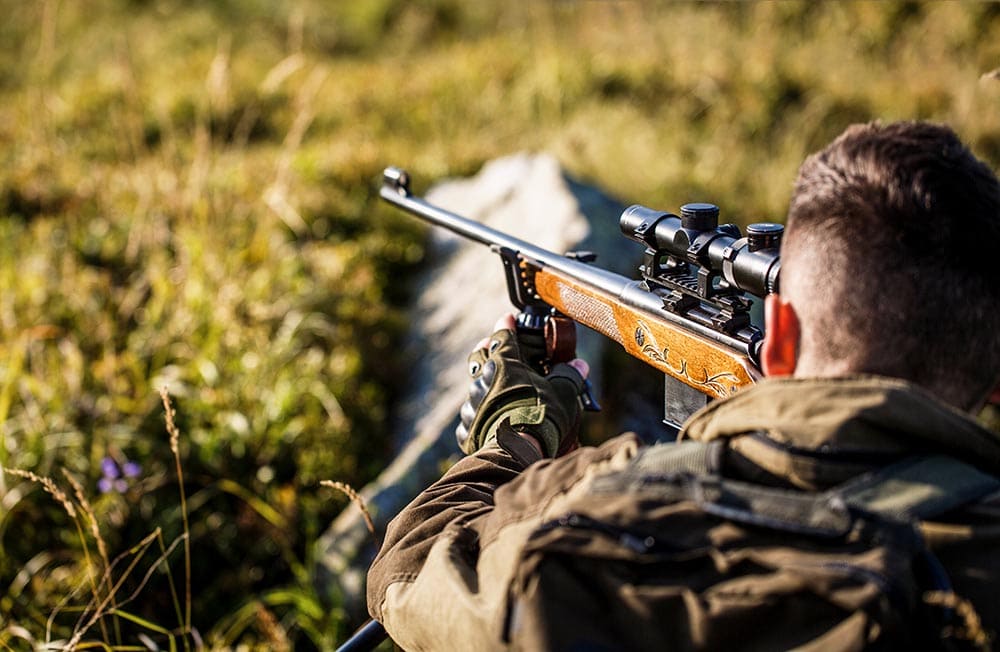
If you’re convinced you’ve found a spot where bears travel or where they are found regularly, don’t be put off if you see nothing for a few hours. Try another spot according to your route research, but also make sure to check back on the original position later. Bears are creatures of habit, and they will return to the same areas if they find food or if a route gives them access to where they want to be.

Conclusion
Bear hunting is considered the epitome of hunting to many people, primarily because of the size and stature of the black bear, as well as the challenge and the trophy. Always ensure you’re prepared, do your homework before you leave, and be prepared to put in some hours tracking and monitoring regular food and watering spots that bears are likely to frequent. Make the most of your bait allowances and avoid leaving too much human musk in an area if you don’t want to deter black bears.
See also:
Featured Image Credit: ArtTower, Pixabay
About the Author Robert Sparks
Robert’s obsession with all things optical started early in life, when his optician father would bring home prototypes for Robert to play with. Nowadays, Robert is dedicated to helping others find the right optics for their needs. His hobbies include astronomy, astrophysics, and model building. Originally from Newark, NJ, he resides in Santa Fe, New Mexico, where the nighttime skies are filled with glittering stars.
Related Articles:
How to Collimate Binoculars: 9 Expert Tips
How to Clean a Rifle Scope: 8 Expert Tips
How to Choose Binoculars for Bird Watching: 10 Expert Tips
How to Clean a Refractor Telescope: Step-by-Step Guide
How to Clean a Telescope Eyepiece: Step-by-Step Guide
Monocular vs Telescope: Differences Explained (With Pictures)
What Is a Monocular Used For? 8 Common Functions
How to Clean a Telescope Mirror: 8 Expert Tips
